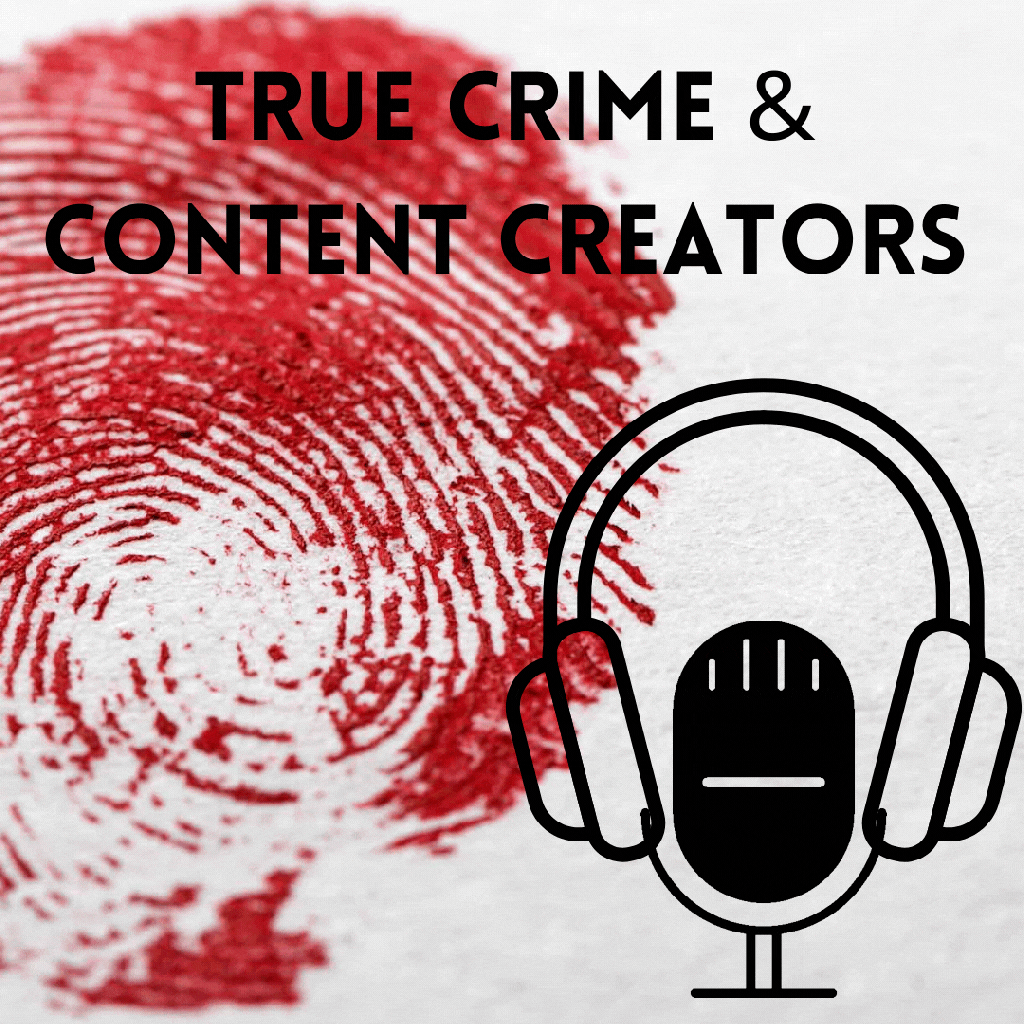
Welcome back, amateur investigators! This week we’ll be shifting our content from listeners and viewers of true crime to those who take on the role of creating content for the true crime genre. This role is just as crucial as viewers because this is what kickstarts a possible transition from being one who receives information about true crime and learning about it to talking about it in a way that involves generating a particular audience. In recent years, the number of true crime investigators has skyrocketed, especially those that have created an online presence for themselves with a respective fanbase, however big or small. For this particular project, I sent out emails to get in contact with several true crime content creators to see if they would be willing to engage in a conversation about their work and how they were able to garner such an audience to respond to their work.
As of now, I hadn’t heard back from the content creators that I had tried to get in contact with. This ranged from podcasts to YouTube video essays that discuss true crime cases or the reputation of the genre itself. While it could be interesting to hear from the creators themselves what they think they are contributing to the true crime community, I think the lack of responses I received for this project says something about the relationship between a content creator and their audience. This could be best described as the idea of parasocial interaction. Parasocial interactions refer to the psychological relationship that is experienced by audience members that experience an encounter through a mediated form of communication. These interactions are typically one-sided, with the appearance that the viewers are having a face-to-face conversation with the content creator. An example that could best be applied to this concept is television. Those audience members in a parasocial relationship might believe that the creator they are listening to or watching is someone they can trust, almost like a friend, despite the knowledge that the creator themselves have never interacted personally with their audience.
This could be applied to some of the larger true crime content creators that I have looked into, such as Bailey Sarian and Buzzfeed Unsolved. Names like these are very popular and discussed within the true crime community as I noticed from my interviews with fans of true crime. Every person I was able to interview mentioned the name or made reference to Bailey Sarian and was aware of her presence as a true crime content creator on YouTube. Even if they were not fans of her or watched her content regularly, there was some knowledge of what Ms. Sarian has contributed to the discussion of true crime on YouTube. They could all remember her by her approach to delivering true crime stories too. “I do like Bailey Sarian. She’s a makeup YouTuber/true crime storyteller. She does her makeup and talks about true crime…And I just like the way she tells the stories.” is what Haley N. remarked on when describing some of her favorite content creators. “It’s easy to digest. It also helps because the cases she covers have already been solved mostly…” (Brenna A.)
While it may seem odd at first that talking about such real and intense cases could be fun, Buzzfeed Unsolved has quickly gained a certain audience in the past couple years because of that certain approach. The hosts of Buzzfeed Unsolved, Shane Madej and Ryan Bergara, use humor throughout the telling of these cases to engage their audience. This method has been particularly successful with a younger audience as they are more accustomed to an online platform and the company, Buzzfeed, that generates news related to popular culture and current events. Similar to Bailey Sarian, their audiences have reported that they appreciate a less formal approach to reporting on criminal cases that have been solved or unsolved. While delivering the facts of the case, the hosts are able to banter with each other while simultaneously sharing their own opinions of what they think about the case overall. After each video, they invite the audience to comment on what their theories of the case are in order to keep the conversation going in delivering feedback. “I think it brings…humanity to the stories you could report. That’s how it works because life is so chaotic so when you add the little random anecdotes…it makes the story seem more human.”(Jane T.)
Whether or not most may think these types of creators on YouTube are more relatable than the earlier forms of true crime content, it’s certainly not going away anytime soon and is definitely able to still encourage a following as more people have access to and become interested in true crime. Maybe we are not as close to those content creators as we think we are, it does leave for us as an audience to try and expect as much transparency from these content creators in a more digital and connected world. This seemingly less unprofessional method has encouraged new listeners and viewers alike, but is it sustainable especially in an environment where audience members are more responsive with holding creators accountable for their actions and words? Next week we’ll be covering the standards of ethics that content creators maintain as they continue to produce content and expand their platform. Thanks for tuning in!
